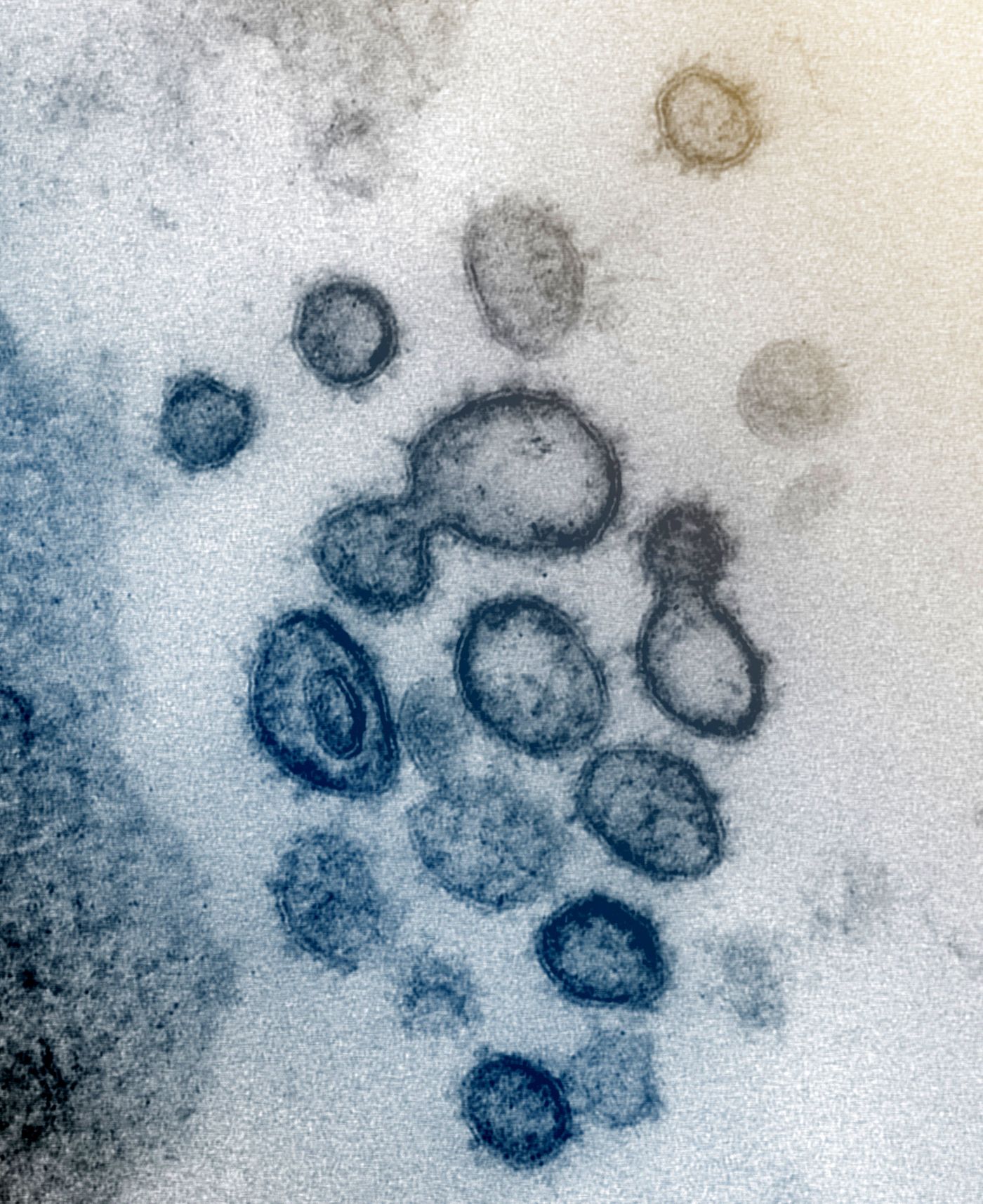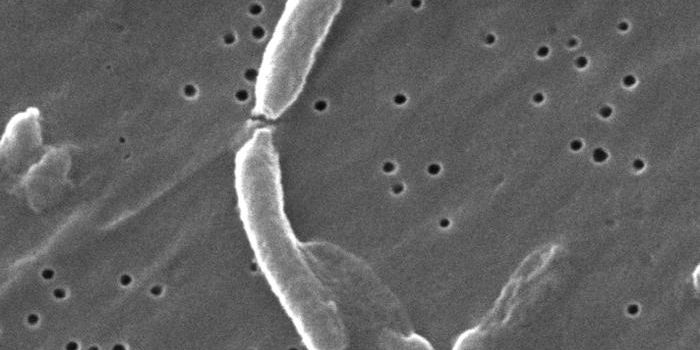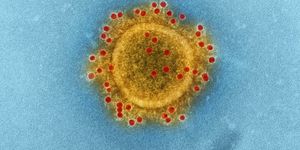Understanding an Antiviral Drug, as COVID-19 Cases Rise in the US
There have now been nine deaths in the United States, all in Washington state from COVID-19, the illness caused by the novel coronavirus SARS-CoV-2 that emerged several months ago in China. A patient is in critical condition in New York. Fifteen states have reported cases, right now there are over 120 in the country. There is reportedly concern that testing kits are being sent out too slowly.
China's extreme quarantine measures seem to have been effective at keeping the virus from spiraling out of control, and while new cases are still being reported, there were only 118 new patients today. South Korea has the next highest number of cases, right now there have been 5,328 in the country.
More deaths are happening as more cases are occurring, and it also seems that the fatality rate may be higher than estimated. While three to four percent of infected individuals in Wuhan, the outbreak epicenter, have died, the rate dropped to 0.7 percent in the rest of China. But the virus has spread to more countries, and now the World Health Organization has said that the death rate may be as high as 3.4 percent. The risk is still worst for the elderly. The seasonal flu tends to have a rate of less than one percent.
Researchers are currently testing a drug called remdesivir as a therapeutic for COVID-19. The drug has been shown to be effective against several other strains of coronavirus. Now scientists have learned how it works, and reported their findings in the Journal of Biological Chemistry.
In order to replicate its genetic material, the SARS-CoV-2 virus uses an enzyme called RNA-dependent RNA polymerase, which is challenging to investigate. "It hasn't been easy to work with these viral polymerases," said the JBC study leader Matthias Götte, a virologist and professor at the University of Alberta, Edmonton.
In this research, the scientists found that these coronavirus RNA polymerase enzymes (in this case, one from MERS was used) incorporate remdesivir into the new strands of RNA molecules that it generates. The enzyme is not able to keep adding more nucleotides to the RNA strand shortly after that happens, which stops the virus from continuing to make copies of its genome. At that point, not as many cells are infected with the virus, reducing illness.
Knowing more about how the drug is working can help scientists create compounds that are even more effective at stopping these viruses.










